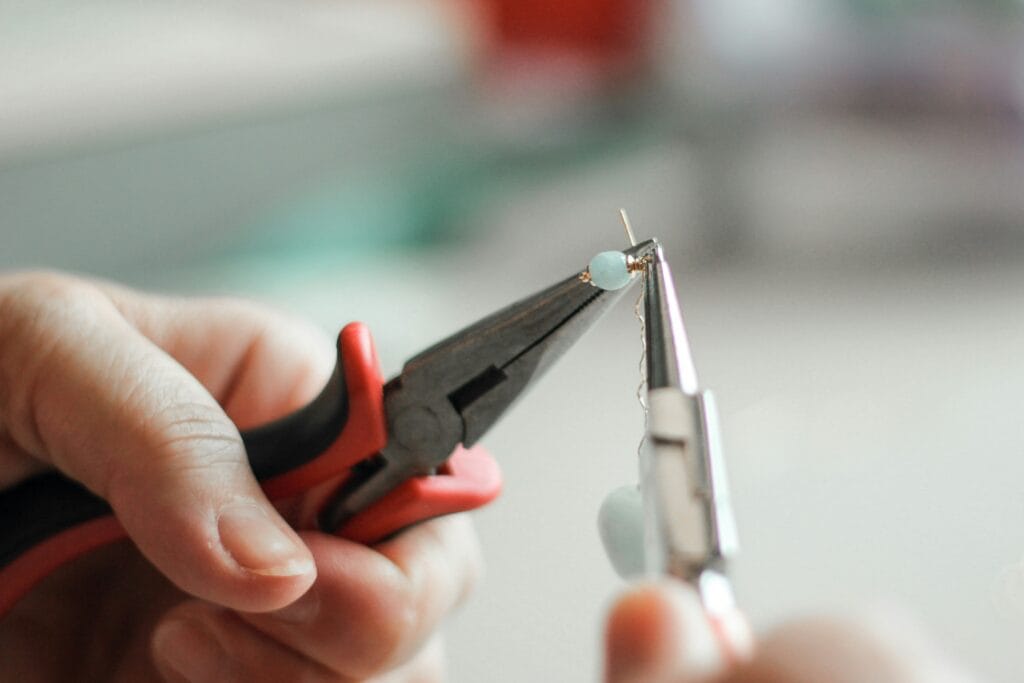When you’re holding a pair of pliers, it might seem like just a simple tool, but have you ever wondered what goes into making a truly exceptional pliers set? There’s more to it than meets the eye—just as there’s more to the pliers tool than its basic function. Let’s take a journey through the anatomy of quality pliers and uncover what makes them a must-have in your toolbox.

# The Craftsmanship Behind Quality
Imagine this: You’re working on a project, and everything seems to be going smoothly until you realise your pliers are slipping, or worse, breaking under pressure. It’s frustrating, right?
Quality pliers aren’t just about sharp edges or a comfortable grip—they’re the result of meticulous design and engineering. The strength of the jaws, the smoothness of the pivot, and the overall ergonomics are all factors that can make or break a tool. Just like that vintage lamp project, having a reliable pliers set can mean the difference between a successful fix and a job gone awry.
# The Role of Material and Design
A top-notch pliers tool is crafted from high-grade materials. Think of it like casting—it’s the process that determines the tool’s durability and performance. For instance, many high-quality pliers are made from forged steel, which ensures they can handle the stress of tough jobs without bending or breaking. It’s a bit like the story of the Ladysmith Black Mambazo—a legendary group whose strong, finely tuned harmonies set a high standard in their field. Similarly, well-cast pliers are designed to meet high standards in strength and precision.
The design of the pliers also plays a vital role. Ergonomic handles, for instance, can reduce hand fatigue, making it easier for you to work on your projects without discomfort. When the design is well-thought-out, it’s like reaching the apogee of tool design—a perfect balance of form and function.
# Understanding the Components

Let’s break down the anatomy of a quality pliers set. A typical pliers tool consists of several key components: the jaws, the pivot point, and the handles. Each part has its role, and their quality can greatly affect the overall performance of the tool.
– Jaws: These are the gripping parts of the pliers. They come in various shapes and sizes, depending on the intended use. For instance, needle-nose pliers have long, pointed jaws ideal for precision work, while lineman’s pliers have flat, wide jaws suited for gripping and twisting.
– Pivot Point: This is where the two arms of the pliers are joined. A well-designed pivot point ensures smooth operation and reduces the risk of wobbling. The pivot needs to be robust enough to handle repeated use without loosening.
– Handles: Comfort is key here. Handles with ergonomic design and cushioning can make a big difference, especially during prolonged use. They should fit comfortably in your hand and provide a good grip to prevent slipping.
# Choosing the Right Pliers Set for You
Now, you might be wondering how to choose the right pliers set for your needs. It’s important to consider what you’ll be using them for. Are you a DIY enthusiast who needs a versatile set, or are you a professional who requires specific tools for precise tasks? A quality pliers set should match your needs and handle the tasks you throw at it with ease.
When selecting a pliers tool, look for reputable brands and read reviews. Pay attention to the material, design, and user feedback. Remember, investing in a high-quality pliers set is investing in your own efficiency and comfort. It’s like having a reliable friend by your side during challenging tasks.
In my experience, having a good pliers tool can transform a tedious task into a smooth operation —suddenly, every project is more manageable.
# The Importance of Regular Maintenance
Even the best pliers tool needs care to perform at its best. Regular maintenance, such as cleaning and lubricating the pivot point, can extend the life of your pliers and ensure they stay in top condition. Treat your pliers set with the same respect you’d give to a high-end tool. After all, a little maintenance goes a long way in preserving its functionality and effectiveness.
In summary, understanding the anatomy of quality pliers helps you appreciate the craftsmanship and design that go into making them. From the materials used to the ergonomic design, every aspect contributes to the tool’s performance. So, next time you reach for your pliers set, remember all the thought and engineering that went into creating it. And if you haven’t yet invested in a quality pliers tool, consider making that upgrade—you’ll be glad you did.


